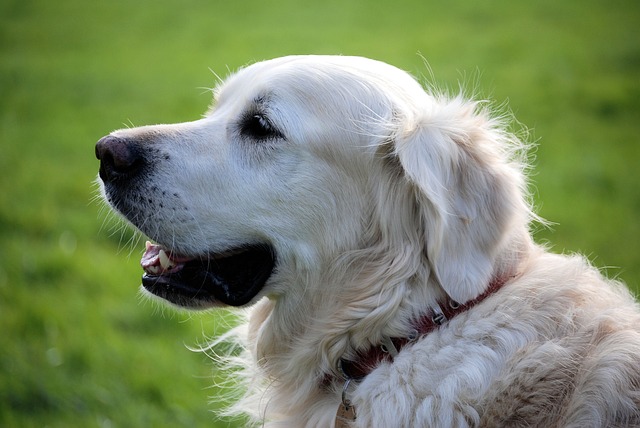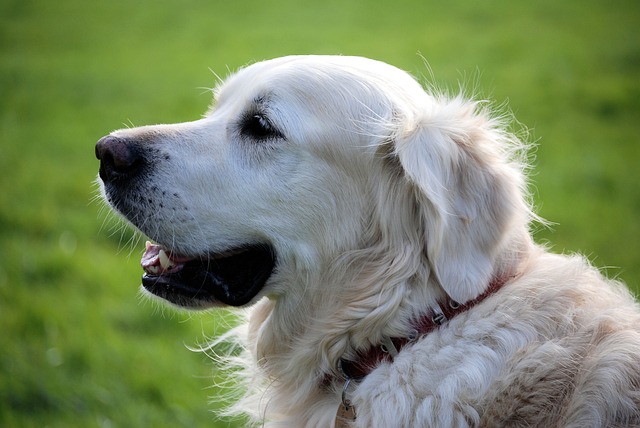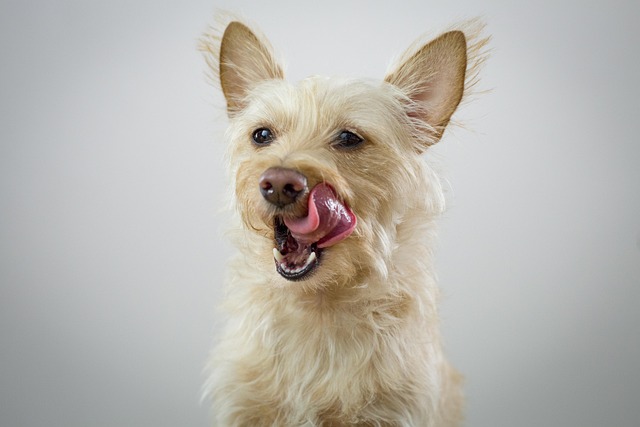
How to properly brush a long haired dog
If you’re a new dog parent in the US—maybe you’re sitting on your California apartment floor, staring at your 9-month-old Shetland Sheepdog, Milo
You’ve provided the food, the cozy bed, and all the belly rubs, but that nagging question remains: does your dog truly trust you? Unlike humans, dogs don’t express trust with words, but through a series of subtle behavioral cues that reveal their emotional state. Testing this bond isn't about passing a strict exam, but about quietly observing their willingness to be vulnerable and seek comfort with you. It’s about understanding the language of their actions.
One of the simplest and most telling trust tests for dogs is the "soft eye" contact. A dog that feels safe with you will offer gentle, relaxed eye contact without staring intensely, which they perceive as a threat. Watch for a soft, blinking gaze, often accompanied by a relaxed, slightly open mouth. Another key indicator is their response to a gentle, unexpected handling test. While they’re relaxed, gently lift a front paw for just two seconds. A trusting dog will allow this briefly or even lean into you, while an unsure one will stiffen, pull away, or offer a "whale eye" glance. The scientific principle here is that trust lowers their natural defensive instincts, allowing them to accept handling without perceiving a threat.
The most profound test, however, is where they choose to rest. A dog that willingly sleeps in the same room with you, especially on their back with their belly exposed, is displaying the ultimate sign of trust. This vulnerable position means they feel absolutely secure in your presence. It’s crucial to remember that these tests are observations, not training drills. The goal is to build trust with your dog, not to force it. Never punish or express disappointment if your dog seems hesitant; this would actively destroy the trust you’re trying to measure. Instead, use positive reinforcement methods: reward every positive interaction with a high-value treat and calm praise, allowing the bond to grow at their pace.

This deeply ingrained trust directly influences your daily life and civic duties. A trusting dog is more responsive to recall, making them safer in off-leash areas and easier to manage on neighborhood walks where leash laws are strictly enforced. This trust also translates to calmer behavior in your apartment building—less nervous barking when hearing neighbors in the hallway and more patience when left alone. Furthermore, a dog that trusts you is far more compliant during essential health checks, making it easier to ensure their rabies vaccination and city license are always current, a fundamental legal requirement across the U.S. And that trust makes it simpler to perform your other civic duty: always having a firm grip on the leash and a ready supply of poop bags to maintain a clean community space.
Ultimately, testing for trust is less about a single moment and more about recognizing a pattern of comfort and security that you’ve built together. By observing their body language, respecting their boundaries, and consistently being their source of safety and good things, you’re not just testing trust—you’re actively building the unshakable bond every dog owner desires.

If you’re a new dog parent in the US—maybe you’re sitting on your California apartment floor, staring at your 9-month-old Shetland Sheepdog, Milo

New dog owners often breathe a sigh of relief when they pick a breed that catches on to potty training quickly—no more scrubbing accidents off hardwood floors or rushing out at 6 a.m. in the rain.

That frantic burst of energy known as the "zoomies" can be amusing, but when your dog is constantly bouncing off the walls, it becomes a real challenge.

Lots of new Golden Retriever owners wonder if potty training their pup is going to be a huge hassle. The short answer? It depends on consistency more than the breed itself.

Watching your dog pant, pace, or whine during a thunderstorm or when you're preparing to leave is heartbreaking. Your first instinct might be to reach for something

Watching your dog pace during a thunderstorm or hide from visitors can leave you feeling helpless. You want them to feel safe and secure